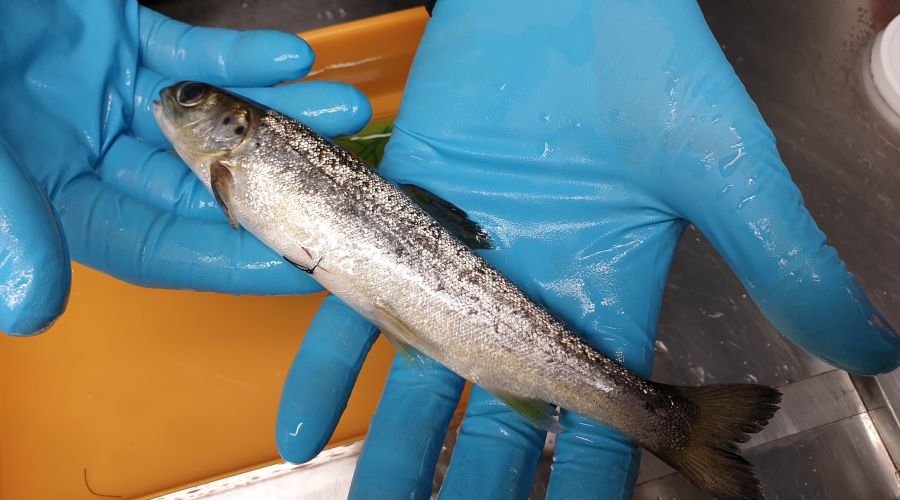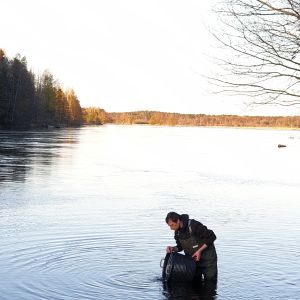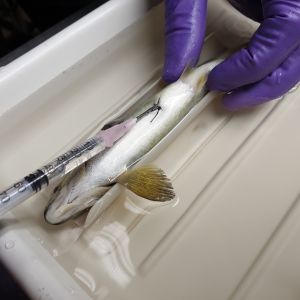Drug pollution in water is making salmon take more risks

“Out of sight, out of mind” is how we often treat what is flushed down our toilets. But the drugs we take, from anxiety medications to antibiotics, don’t simply vanish after leaving our bodies. Many are not fully removed by wastewater treatment systems and end up in rivers, lakes and streams, where they can linger and affect wildlife in unexpected ways.
In the new international study published in Science journal, researchers investigated how psychoactive pharmaceuticals influence the migration of juvenile Atlantic salmon (Salmo salar). Successful seaward migration is the great challenge for the salmon smolts who spend their first two years in the upper stretches of the rivers. However, their chances to getting back for the reproduction after growing and maturing in the ocean is dependent on this very journey.
To study the migration of juvenile salmon in its natural habitat, fish were equipped with miniature transmitters allowing researchers to track their movement along the Swedish river Dalälven towards their ultimate goal – the Baltic Sea. Besides the transmitters, each fish also received an implant that slowly released studied pharmaceuticals in the fish body over the period of several weeks. The dose of the pharmaceuticals corresponded to concentrations that has been previously measured in aquatic organisms captured in the wild and therefore considered as “environmentally relevant”.
The results show that clobazam, a drug used to treat anxiety and epilepsy, among others, affected the natural behavior of juvenile salmon vital for their survival in the wild. The fish that received the clobazam implant had a higher chance to succeed in their river-to-sea migration compared with untreated fish, but they also participated less in shoaling. While an increase in migration success might initially sound like a positive effect, any disruption to natural behaviour is likely to be negative in the long term. The fact that clobazam exposed fish cared less about shoaling and migrated faster in the river is making them more vulnerable to predation from the bigger fish and fish eating birds that are plentiful in the area.
In any case, this unique study represents one of the first to describe the effects of pharmaceuticals on fish behavior in their natural habitat as until now, only laboratory based studies were performed.
A detailed information could be found in the original article:
Brand, J.A., Michelangeli, M., Shry, S.J., Moore, E.R., Bose, A.P.H, Cerveny, D., Martin, J.M., Hellström, G., McCallum, E.S., Holmgren, A., Thoré, E.S.J., Fick, J., Brodin, T., Bertram, M.G., 2025. Pharmaceutical pollution influences river-to-sea migration in Atlantic salmon (Salmo salar). Science 388 (6743), 217—222. https://doi.org/10.1126/science.adp7174
The publicly accessible simplified version can be found here.
Intro. fig. 1. Two years old Atlantic salmon (smolt) ready for release.
Fig. 2. Release of experimental smolts into the Swedish river Dalälven.
Fig. 3. Application of the implant containing studied pharmaceuticals.
Written by: Daniel Červený
Photo by: Michael Bertram


